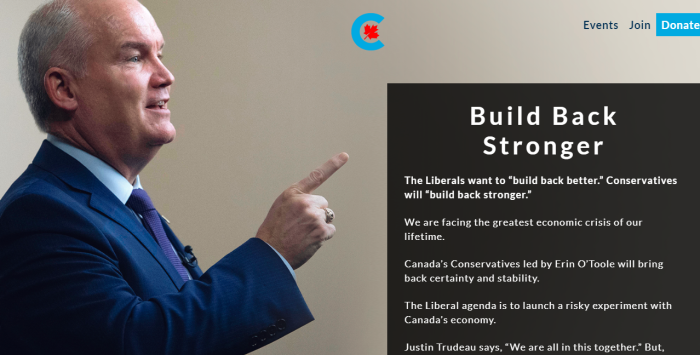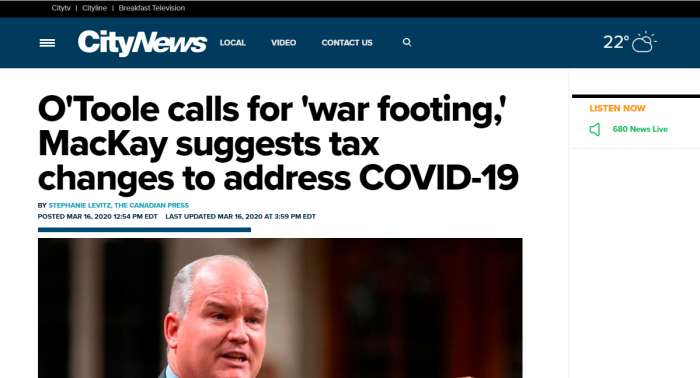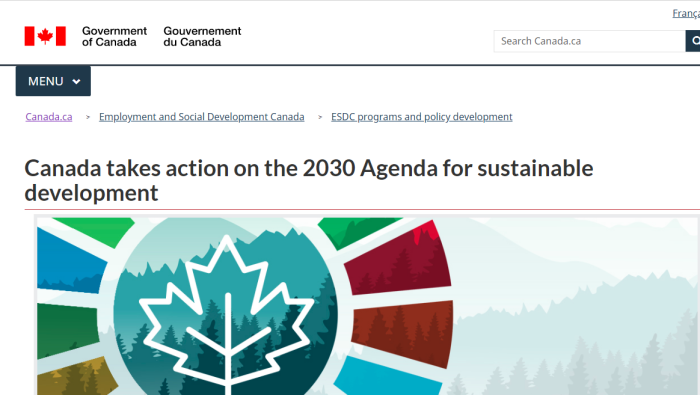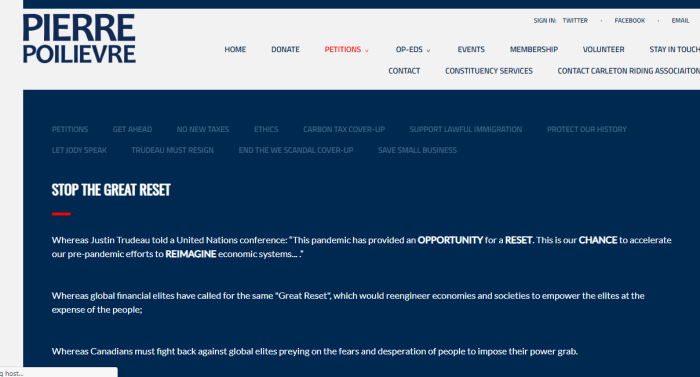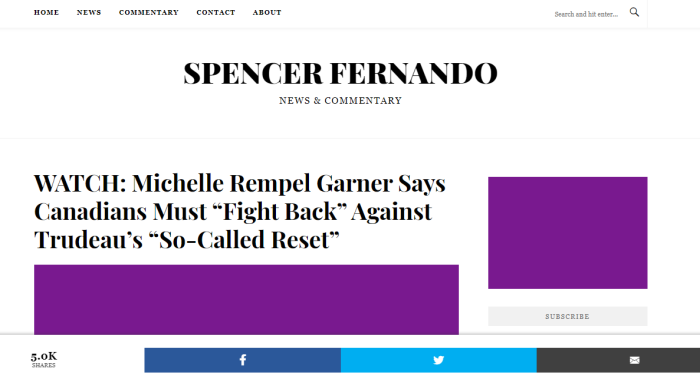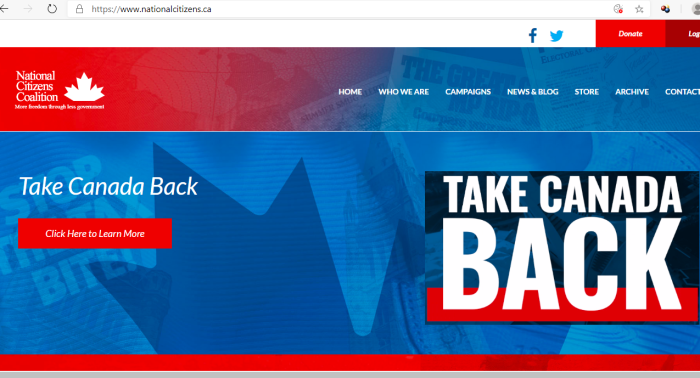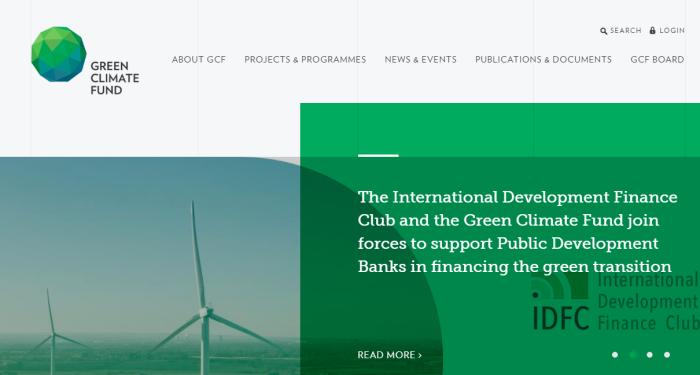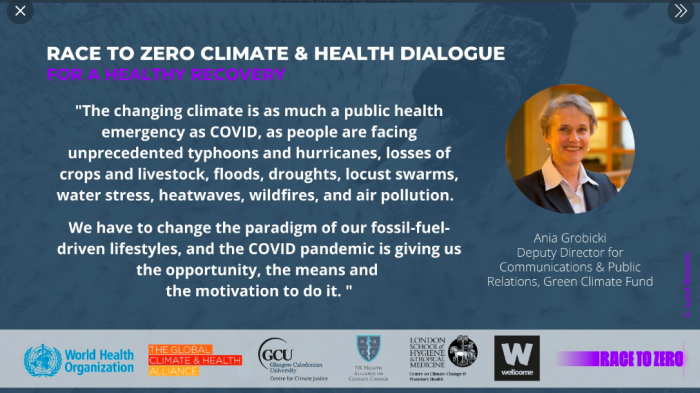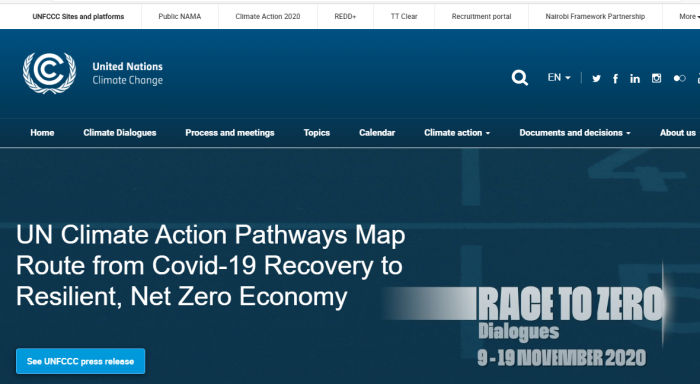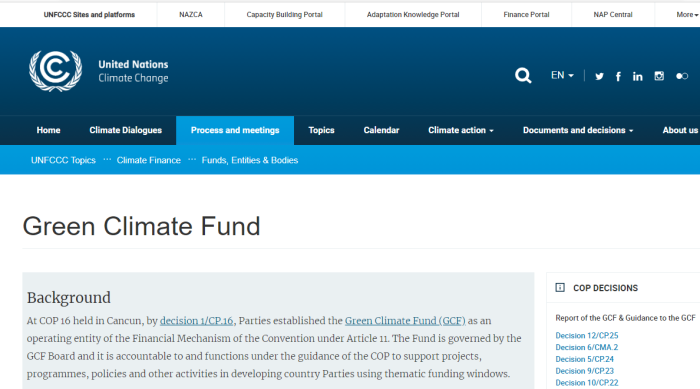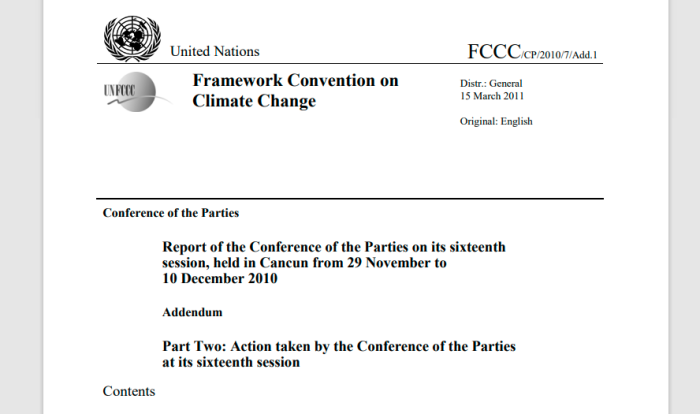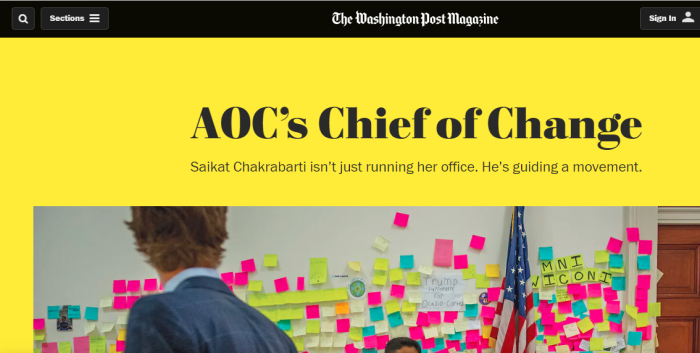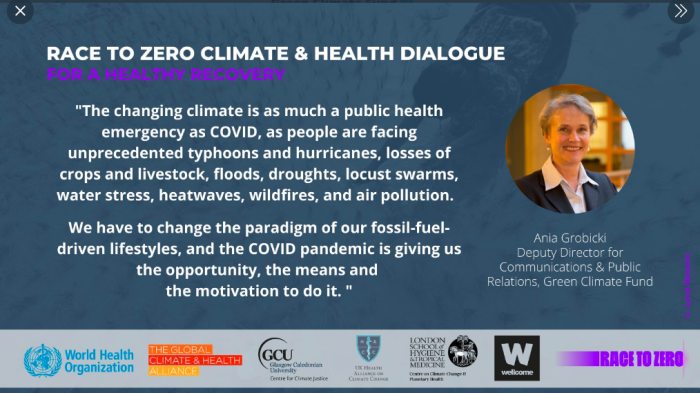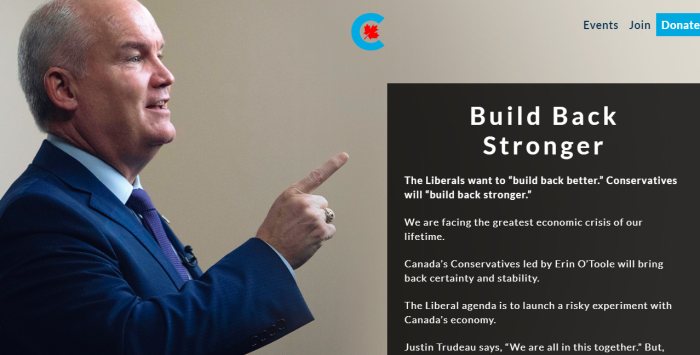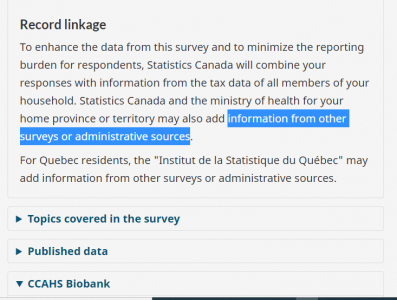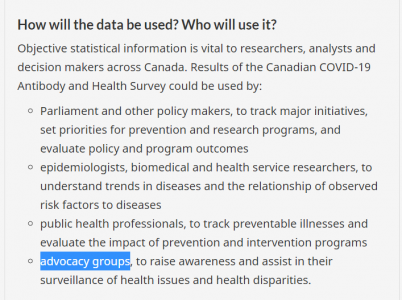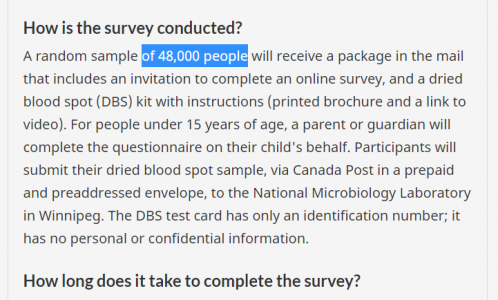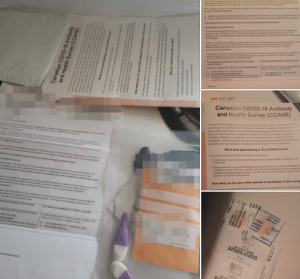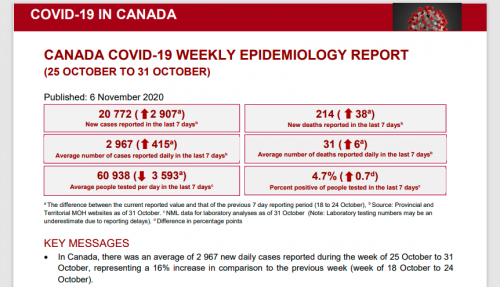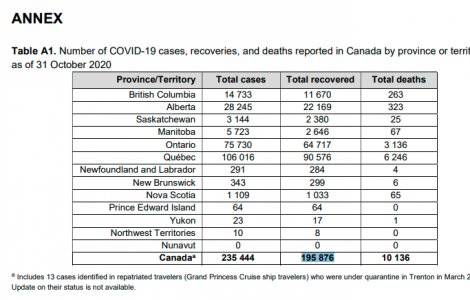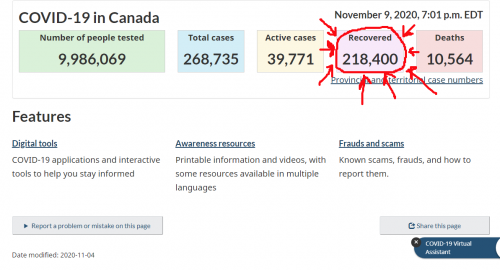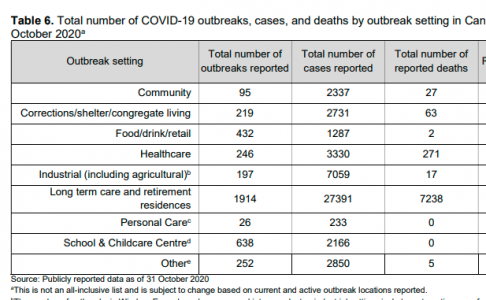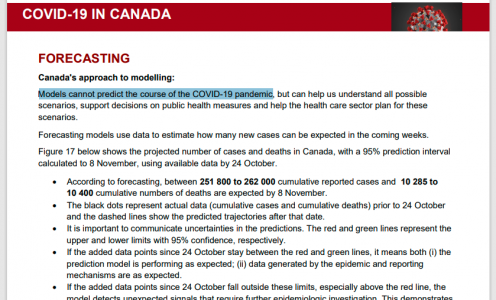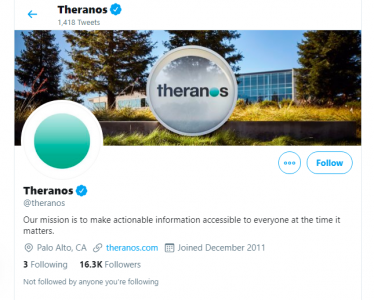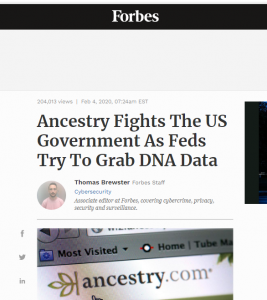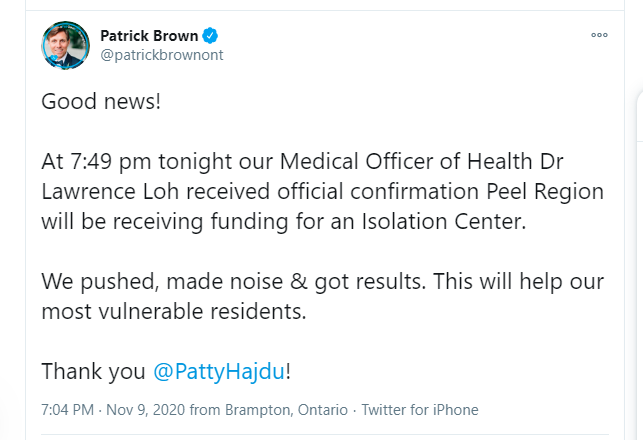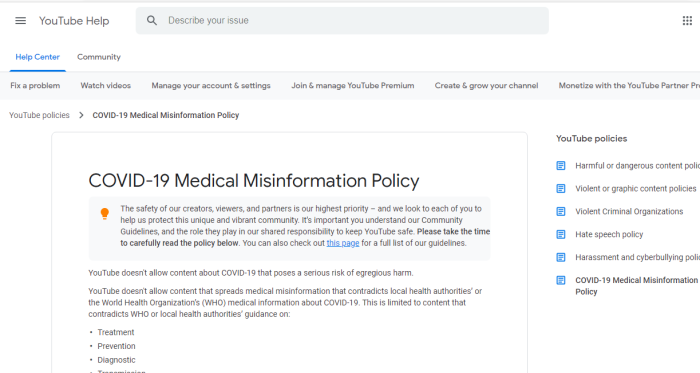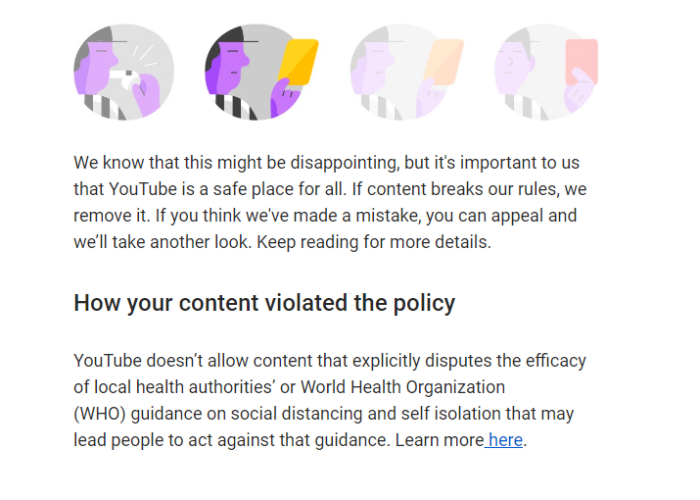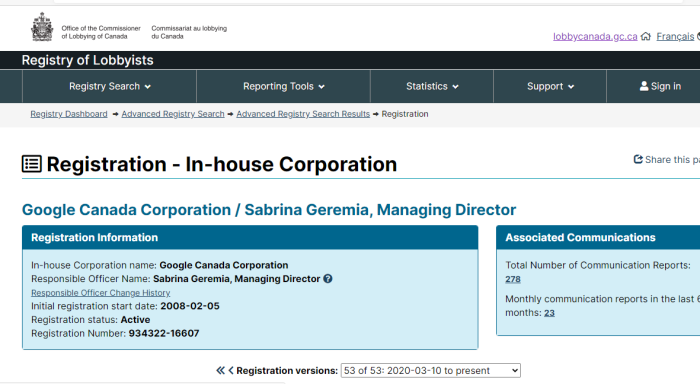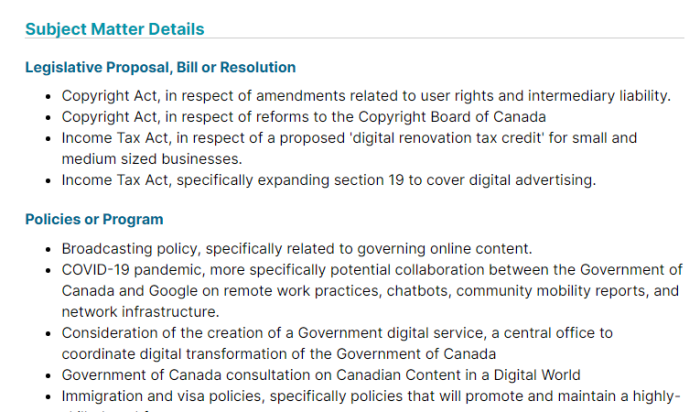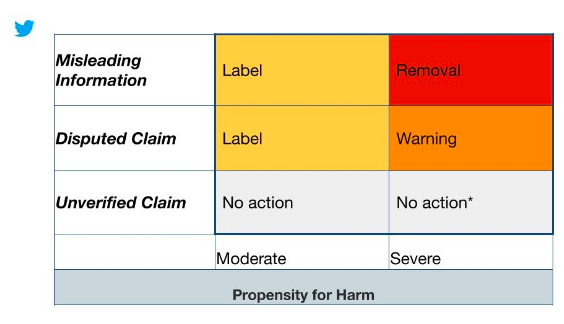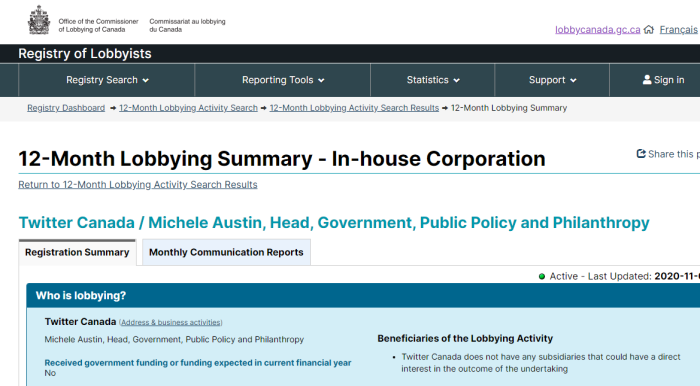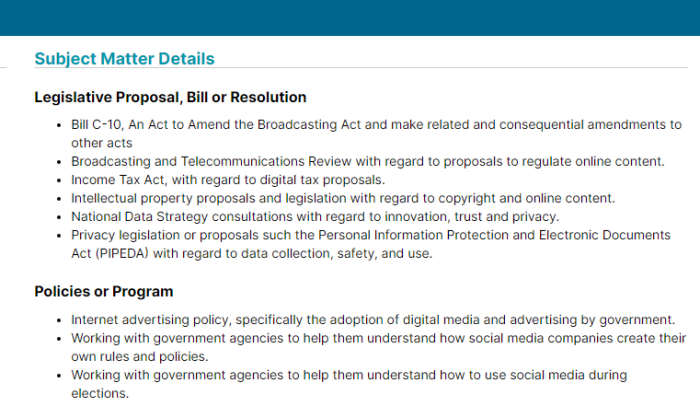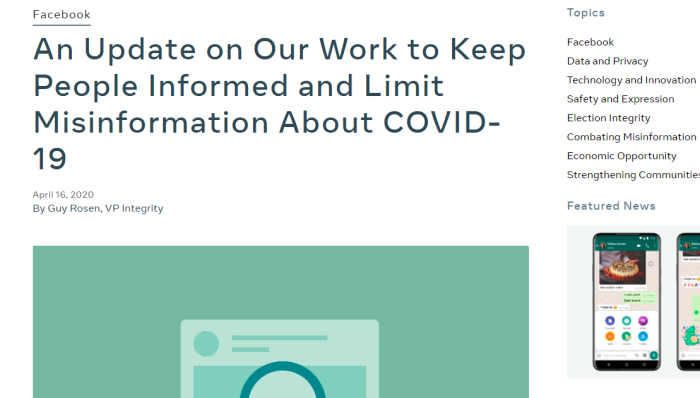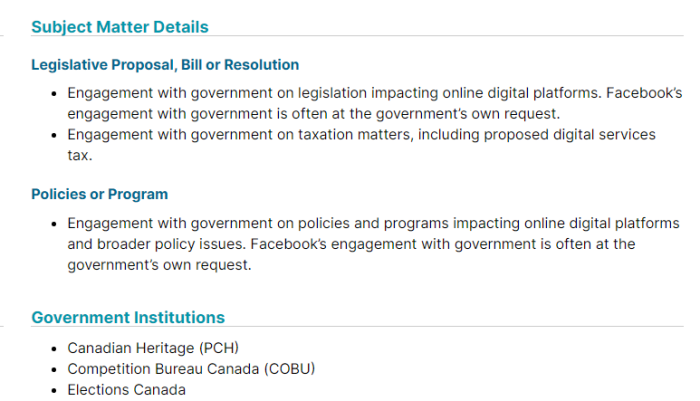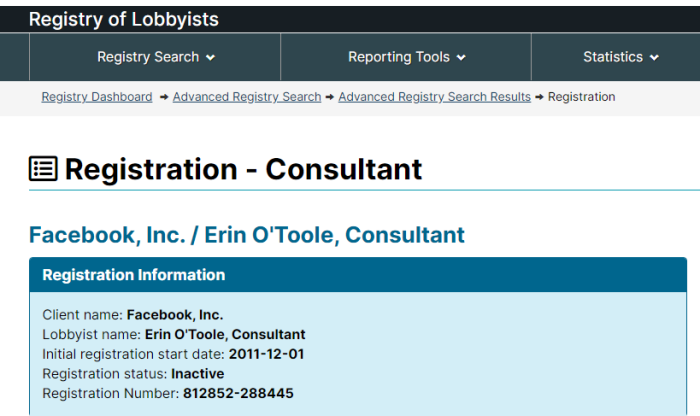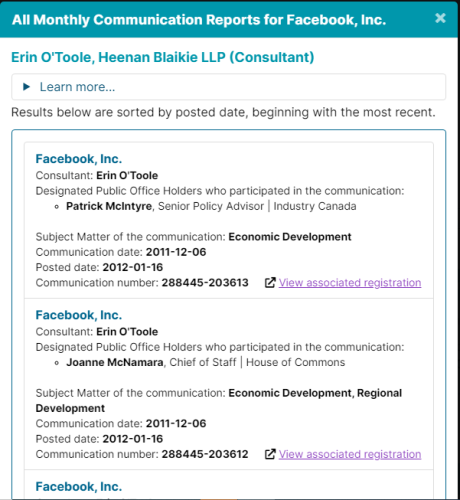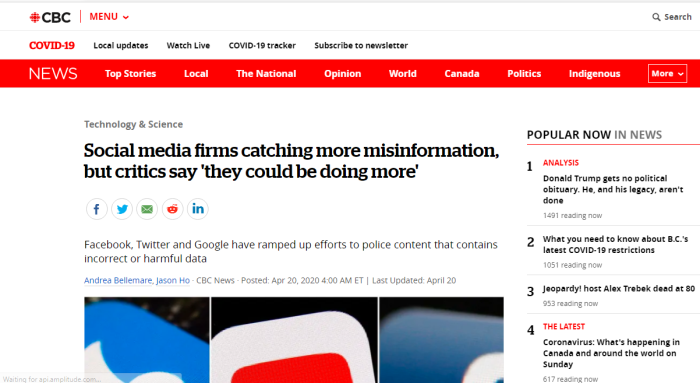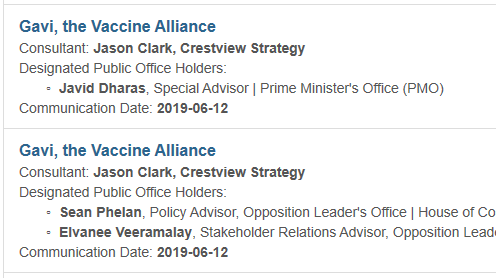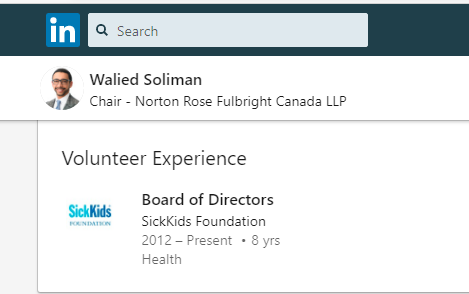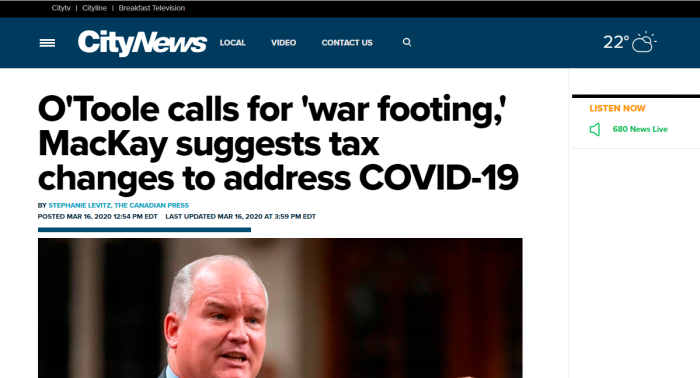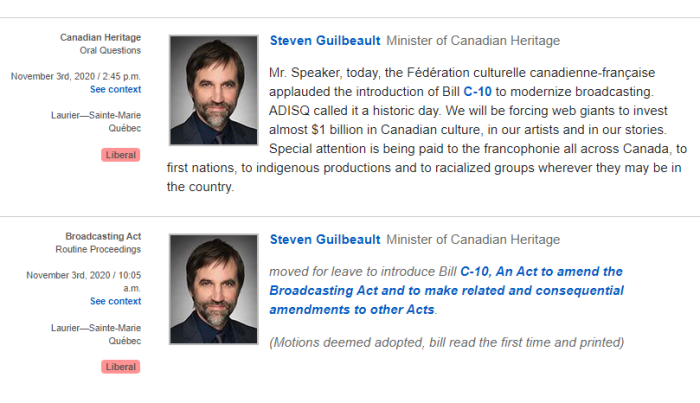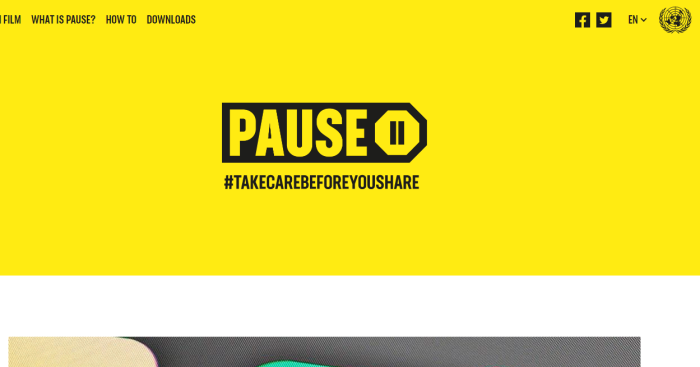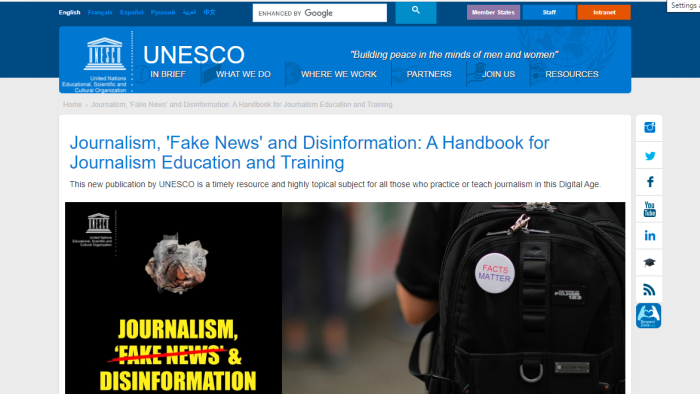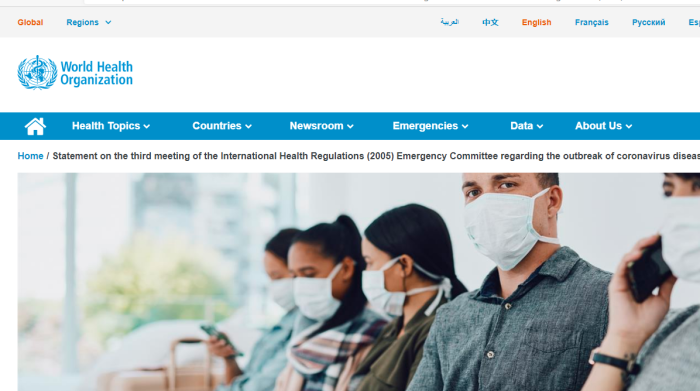If vaccines work as advertised, then why is it necessary to immunize (no pun intended), the manufacturers from potential legal action?
Bill Gates believes that Governments will have to be involved in the process of vaccine development and distribution, in order to indemnify (make immune), manufacturers for the harm their products will cause. However, Gates seems far less concerned about the potential harms from the vaccines. His worry appears to be potential lawsuits resulting from those harms. By the way, you don’t have a choice about being vaccinated.
1. Other Articles On CV “Planned-emic”
The rest of the series is here. Many lies, lobbying, conflicts of interest, and various globalist agendas operating behind the scenes, obscuring the “Great Reset“. The Gates Foundation finances: the WHO, the US CDC, GAVI, ID2020, John Hopkins University, Imperial College London, the Pirbright Institute, the BBC, and individual pharmaceutical companies. Also: there is little to no science behind what our officials are doing; they promote degenerate behaviour; the Australian Department of Health admits the PCR tests don’t work; the US CDC admits testing is heavily flawed; and The International Health Regulations are legally binding. See here, here, and here. The media is paid off, and our democracy is thoroughly compromised, as shown: here, here, here, and here.
2. Important Links
Quebec (Attorney-General) v. Lapierre, 1983 CanLII 2860 (QC CA)
QC Court Of Appeal Ruling
Lapierre v. A.G. (Que.), 1985 CanLII 66 (SCC), [1985] 1 SCR 241
Supreme Court Of Canada Ruling
Rothwell v. Raes (Ont. H.C.J.), 1988 CanLII 4636 (ON SC)
Rothwell 1988 Ruling
Rothwell Ruling 1988 Vaccine Injury
Frank v Alberta Health Services, 2019 ABCA 332 (CanLII)
Frank V. AHS Trial Court Ruling
Frank V. AHS Appellate Ruling
Interim Order For Temporary Vaccine Approval
Product Information For H1N1 Approved Vaccine
Adam, Abudu v. Ledesma-Cadhit et al, 2014 ONSC 5726 (CanLII)
2014 Ruling On Indemnification of Manufacturer
Adam v. GlaxoSmithKline Inc., 2019 ONSC 7066 (CanLII)
Adam V. GSK Ruling (ONSC)
ONSC 2014 Ruling
Adam V GlaxoSmithKline 2019
WHO On Vaccine Injury Compensation Programs
3. LaPierre V. Attorney General Of Quebec
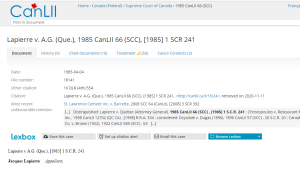
Appellant’s daughter was vaccinated against measles as part of a vaccination program established by the Government of Quebec. A few days after receiving the vaccine, she was the victim of acute viral encephalitis which ultimately resulted in the permanent almost total disablement of the child. Appellant brought an action for damages against the Government. The Superior Court allowed the action and decided against the Government on the basis of no‑fault liability resulting from necessity and grounded on art. 1057 C.C. The Court of Appeal reversed the judgment on the ground that Quebec civil law does not recognize no‑fault liability. In this Court, the causal link between the vaccine and the encephalitis was no longer disputed and fault was no longer alleged against anyone. Appellant based his claim against the Government on no‑fault or “objective” liability. He relied on a legal principle derived from the theory of necessity, that damages suffered or costs incurred by an individual for the benefit of the community must be borne by the latter. The question was therefore whether the principle on which appellant’s entire case rested has any support in the law of Quebec.
Held: The appeal should be dismissed.
.
The Government of Quebec cannot be held liable for the harm caused to the child by administration of the vaccine. Although in the case at bar recognition of the existence of an obligation independent of any fault would be an excellent thing, no such obligation exists in Quebec civil law. Extrapolation of several provisions of the Civil Code and the ancient law provide no basis for a general principle of the civil law that damages suffered or costs incurred by an individual for the benefit of the community must be borne by the latter. Article 1057 C.C. also provides no legislative support for this principle. That article exists only to explain art. 983 C.C. by giving examples of obligations resulting solely from the operation of law. It does not have the effect of making fortuitous events ‑‑ the danger of an epidemic in the case at bar ‑‑ a sixth and new source of obligations.
The Supreme Court ultimately decided that just because someone may be harmed (by a vaccine), which was taken to protect the community, the community itself owes no obligation to the person. It seems no good deed goes unpunished.
Following this case, however, Quebec did end up introducing a plan to compensate victims of vaccine injury. It remains the only such program in Canada.
4. Rothwell V. Raes, Ontario, Et Al
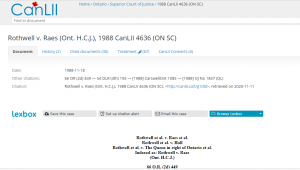
Even the plaintiffs’ expert witnesses agreed that if a causal connection existed between pertussis vaccine and brain damage — encephalopathy — it was extremely rare. Thus the personal experience of such cases, even on the part of the most specialized consultants, was necessarily limited. The witnesses referred to many scientific publications in giving testimony and annexed them to their reports. The decision had to be based on the evidence of the witnesses including their reports, but articles and studies referred to could be used to assess the evidence where there was conflict. The question was difficult and complex.
The defendant physician was not negligent either in recommending the vaccination or in failing to warn of possible damaging effects. It was at the time the practice to recommend vaccination without reference to the rare possibility of harmful consequences. Three doses of the vaccine were administered, two of them by the locum, and no reaction which would have caused alarm occurred after either of the first two. Nor was the physician negligent in his choice of physicians to serve as locum tenens. No evidence of negligence on her part was offered.
Liability for the locum tenens
.
Even if the locum had been negligent, she was exercising her own professional skill and judgment and the family physician could not be vicariously liable.
Manufacturer’s liability
.
The manufacturer’s leading researchers were familiar with the literature postulating encephalopathy and grave brain damage as possible consequences of administration of the vaccine. Had the manufacturer warned the physician the court could not presume that he would have failed to discuss the possibilities or at least mention them. Therefore the manufacturer was negligent in this respect. It was not negligent in failing to manufacture the Japanese version of the vaccine since no tests had been done which would have led to its acceptance by the scientific community as superior to the product used.
The ministry’s liability
.
The province reasonably relied on the federal government to license and monitor vaccines. The province’s decision not to exercise the authority it had, and had at one time used, to regulate and monitor did not subject it to liability. No other province issued warnings at the time. Only one monitored drugs used. Hence no negligence could be found on the part of the ministry.
One of the reasons cited in the dismissal was failure to prove causation. However, the ruling makes it pretty clear that there would be no finding of negligence even if it were demonstrated. The only exception would have been the manufacturer (possibly), for failing to disclose risks.
5. Frank V. AB Health Services 2019
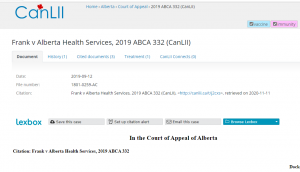
[1] Health Services, 2018 ABQB 541. The issue on this appeal is whether Alberta Health Services and the nurse who immunized her are immune from liability even if negligence was proven.
[2] The trial judge found that the respondents are protected by the immunity provisions in s. 66.1 of the Public Health Act, RSA 2000, c. P-37:
.
66.1(1) No action for damages may be commenced against
(a) the Crown or a Minister of the Crown,
(b) a regional health authority or a member, employee or agent of a regional health authority,
(c) an employee under the administration of the Minister,
(d) the Chief Medical Officer, the Deputy Chief Medical Officer, an executive officer or a medical officer of health,
(e) a health practitioner,
(f) a teacher, a person in charge of an institution or a medical director of a facility, or
(g) repealed 2008 c. H-5.3 s. 24,
(h) a provincial health board established under the Regional Health Authorities Act
.
for anything done or not done by that person in good faith while carrying out duties or exercising powers under this or any other enactment.
(2) No action for damages may be commenced against any person or organization acting under the direction of the Crown, a Minister of the Crown, the Chief Medical Officer, the Deputy Chief Medical Officer or a medical officer of health for anything done or not done by that person or organization in good faith directly or indirectly related to a public health emergency while carrying out duties or exercising powers under this or any other enactment. [emphasis added]
[5] The trial judge wrote at para. 19 that Nurse Sykes was performing “a duty delegated to her”, which is no more than a synonym for “a duty assigned” to her. The appellant argues that immunity is not extended to those exercising “delegated duties”, but that would render the section largely redundant. It is difficult to conceive of a situation where an employee of the Health Authority (or a number of others in the protected categories, like “teachers”) would be “carrying out duties” (to use the words of s. 66.1) that are not in some sense “delegated” or “assigned” to them. The appellant also argues that the immunity does not extend to “negligence”, but that would also render the section ineffective. There is no civil liability for non-negligent health services, so the immunity clause must extend to the negligent provision of services to have any meaning.
[6] It is true that health care practitioners generally owe a private duty of care to their patients, and are liable in tort for negligent care that causes damage. But as the trial judge noted at para. 18, this statute is directed at “public” health concerns, not just “private” health concerns:
. . . The intent of the Act and the Communicable Diseases Regulation is in the protection of public health, including preventative care against communicable diseases which may affect large segments of the population. The liability immunity for health practitioners like Sykes is consistent with the purpose of the Act particularly when one considers the nature of mass vaccination clinics and the need for the Minister and regional health authorities to efficiently administer vaccinations.
There is a public benefit to having a significant level of vaccination against communicable diseases within the larger community. The Legislature has identified a public benefit in protecting professionals practicing in the public health field from liability for public health treatment administered in good faith.
[7] The appellant points to the rather complicated legislative history of this provision. The immunity clause, however, must be interpreted according to its plain words, in the context of the entire statute. On that basis there is no reviewable error in the decision under appeal.
[8] The appeal is accordingly dismissed.
In short, health practitioners (and bureaucrats), cannot be held liable in Alberta if they are acting in good faith, and are following the orders of Public Health Officials. While there may be some benefit to this, it allows practitioners to “pass the buck” in a sense, and just defer to someone else.
6. Interim Orders On H1N1 Vaccines

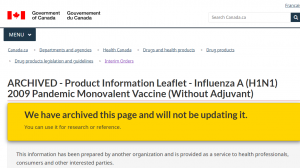

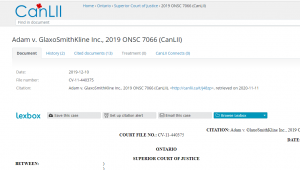
Adam, Abudu v. Ledesma-Cadhit et al, 2014 ONSC 5726 (CanLII)
Adam v. GlaxoSmithKline Inc., 2019 ONSC 7066 (CanLII)
There are actually 2 different rulings based on vaccine injury from GlaxoSmithKline. Here are quotes from the later ruling.
[15] In early 2009, the WHO became aware of the development of a new strain of influenza virus: H1N1, commonly known as swine flu. It had not been seen in human populations before, as a result of which humans had no built up immunity. The WHO declared H1N1 to be a pandemic.
[16] On June 11, 2009, the WHO declared a phase 6 pandemic. This is the final and most serious stage of a pandemic. It marks sustained human-to-human transmission of the virus in more than one region of the world. By early July there had been 94,512 reported cases and approximately 429 recorded deaths attributable to H1N1.
[17] In the summer of 2009, the WHO called for manufacturers to begin clinical trials for a vaccine to combat H1N1.
[18] GSK developed two vaccines to combat H1N1: Arepanrix and Pandemrix. Both are substantially similar. Pandemrix was manufactured and distributed in Europe. Arepanrix was manufactured and distributed in Canada. Clinical trials for Arepanrix began in 2008 but had not been completed when the pandemic was declared.
[19] The federal Minister of Health authorized the sale of the Arepanrix vaccine pursuant to an interim order dated October 13, 2009. Human trials of the vaccine were still underway. The Minister of Health is empowered to make interim orders if immediate action is required because of a danger to health, safety or the environment. In issuing the interim order, Health Canada deemed the risk profile of Arepanrix to be favourable for an interim order. The authorization was based on the risk caused by the current pandemic threat and its danger to human health. As part of the interim order process, Health Canada agreed to indemnify GSK for any claims brought against it in relation to the administration of the Arepanrix vaccine.
[20] Although human trials of Arepanrix were not finished by the time Health Canada authorized its use, the vaccine was not without clinical history.
[33] The fundamental challenge with the plaintiffs’ case in this regard is that they produced no expert to testify to this effect. While I agree with the plaintiffs’ submission that expert evidence is not necessarily required to demonstrate a breach of the standard of care, the absence of such evidence when faced with complex issues beyond the day-to-day experience of the trier creates additional challenges for the plaintiffs’ case.
[34] The plaintiffs’ principal allegation with respect to the standard of care is that GSK failed to make adequate disclosure of the risks involved with Arepanrix.
[35] The plaintiffs began their challenge about disclosure with the evidence of Ms. Hyacenth who testified that she was not told that: (i) the vaccine had not been tested through the usual route, (ii) the vaccine had been subject to a hastened approval process by Health Canada, (iii) adjuvants had never been used in children, (iv) the Government of Canada was indemnifying the vaccine manufacturer; and (v) some countries refused to make the vaccine available because of safety concerns. Ms. Hyacenth says that had she been told about these things she would not have risked having her children vaccinated.
[36] Part of the challenge of the plaintiffs’ inadequate disclosure case is that Ms. Hyacenth was not the direct purchaser of the vaccine. Vaccines are administered through a “learned intermediary,” in this case, her family physician. The issue is significant because any disclosures GSK makes are made in product monographs or inserts that accompany each vial of vaccine. The patient getting the vaccine does not receive the box containing the vaccine and whatever disclosure document it contains. It is the physician who receives this.
[37] GSK did disclose in its Product Information Leaflet for the Arepanrix vaccine and in its product monograph that Health Canada had authorized the sale of the vaccine based on only limited clinical testing and no clinical experience at all with children. Dr. Ledesma-Cadhit believes she knew this from the Health Canada website. She was also aware that Arepanrix was authorized through a special process because of the pandemic.
[38] The product monograph for Arepanrix disclosed that there was limited clinical experience with an investigational formulation of another adjuvanted vaccine but no clinical experience with children. In addition, the product information leaflet and product monograph disclosed a number of risks.
In short, Health Canada approved a vaccine that in which trials were still ongoing. The doctor, despite reading the lengthy disclaimer, injected it, and this comes in spite of there being no trials on children.
The Canadian Government had agreed to indemnify the manufacturer ahead of time. Moreover, the victims didn’t buy the product from the manufacturer, but from the doctor, a “learned intermediary”. In short, GlaxoSmithKline was legally off the hook for what it sold to the public.
7. Canada To Expedite Vaccines
This admission from Theresa Tam should concern people. She openly admits that vaccine development takes over a decade, but that this will be pushed ahead.
However, if this is such a “novel” virus, then how exactly can scientists rely on all this previous research? Either it’s a similar virus, or it’s very different. It can’t simultaneously be both.
And no, it wasn’t “Covid-19” that took away people’s livelihoods. It was the dictatorial actions of power hungry politicians and bureaucrats.
8. WHO On Vaccine Injury Compensation

Arguments for schemes
Arguments supporting vaccine-injury compensation include political and economic pressures, litigation threats, increasing confidence in population-based vaccine programmes and ensuring sustainability of vaccine supply. However, compensation schemes are also based on underlying principles of fairness and justice.
A vaccine-injury compensation scheme removes the uncertainty of tort liability for manufacturers and provides a more fair, efficient and stable approach for injured parties. Litigation is an expensive and restricted avenue that is inaccessible for many vaccine recipients. Furthermore, compensation schemes avoid the polarization of drug companies against vaccine recipients through litigation and the associated negative media coverage.
Standard of proof
No-fault vaccine-injury compensation programmes are based on the premise that the adverse outcome is not attributable to a specific individual or industry but due to an unavoidable risk associated with vaccines. A problem for all compensation schemes is determining whether there is a causal relationship between a vaccine and a specific injury. The method by which causation is proven in tort law can be quite different from the accepted method of establishing causation in science and epidemiology. The most commonly accepted criteria for establishing epidemiological causation are the Bradford Hill criteria. While they do not provide a definitive checklist for assessing causality, these criteria provide a framework for separating causal and non-causal explanations of observed associations. Despite its importance, there is no single, clear consensus on the definition of causation.
Conclusion
Vaccine-injury compensation programmes are increasingly regarded as an important component of successful vaccination programmes. They have been used for the past 50 years to ensure that individuals who are adversely affected in the interests of protecting the whole community are adequately compensated and cared for. There are a variety of schemes with different structures and approaches in use throughout the world. The schemes function most efficiently when they operate alongside well established, comprehensive national social welfare systems. In these countries, vaccine-injury compensation schemes have been found to have a relatively low administrative cost, especially compared to civil litigation cases.
In the first decade of the 21st century, acceptance of vaccine-injury compensation has grown. Schemes are being enacted beyond industrialized Europe and North America. The importance of these schemes, based on ethical principles, has been stressed by parent groups, and claimants have reported satisfaction in having received compensation through a streamlined process. Apart from the reluctance of governments to move away from the adversarial approach to providing compensation, we believe there is a strong argument for widespread implementation of these programmes in other developed countries.
This is a 2011 article from the World Health Organization. Despite the claimed benefits, there are certainly drawbacks. It’s worth pointing out that they don’t actually make vaccines any safer. They are just a way to placate the public and increase confidence by offering a (tax-payer funded), way for victims to get some money.
Drug companies will still get their profits, but the losses will be socialized. This is typical of the corporatist mindset.
From their perspective, there isn’t really any downside. Pharma companies can still push their drugs onto the public, and any serious harm will be paid back by the public. While the process for collecting is certainly easier than going to court, it ensures that the full truth will never come out.
Currently, a vaccine injury compensation program exists in Quebec, but no other Canadian Province.
Like this:
Like Loading...
